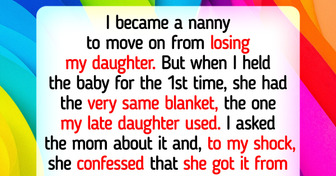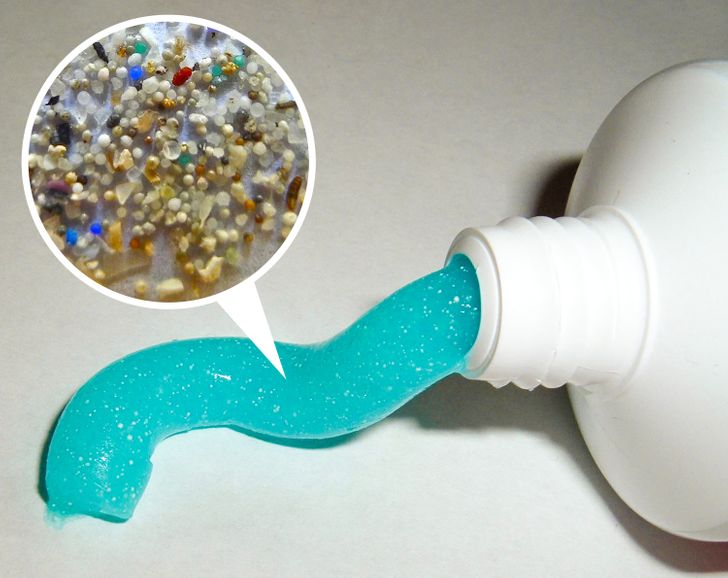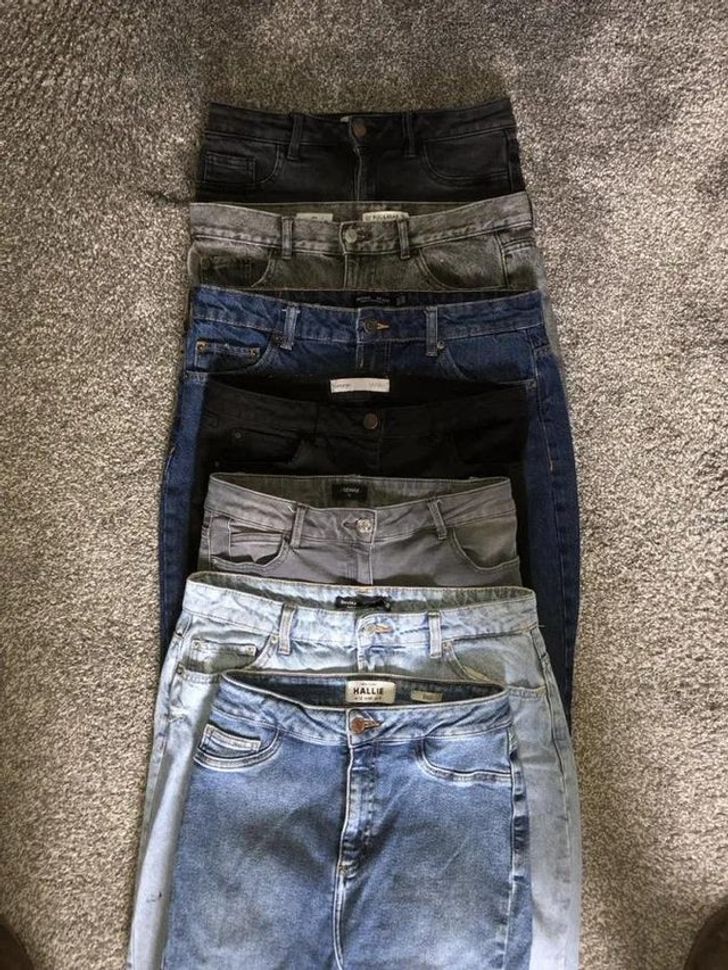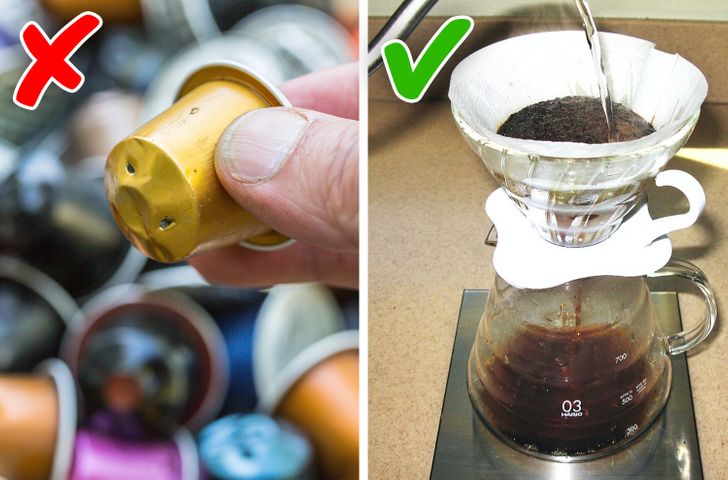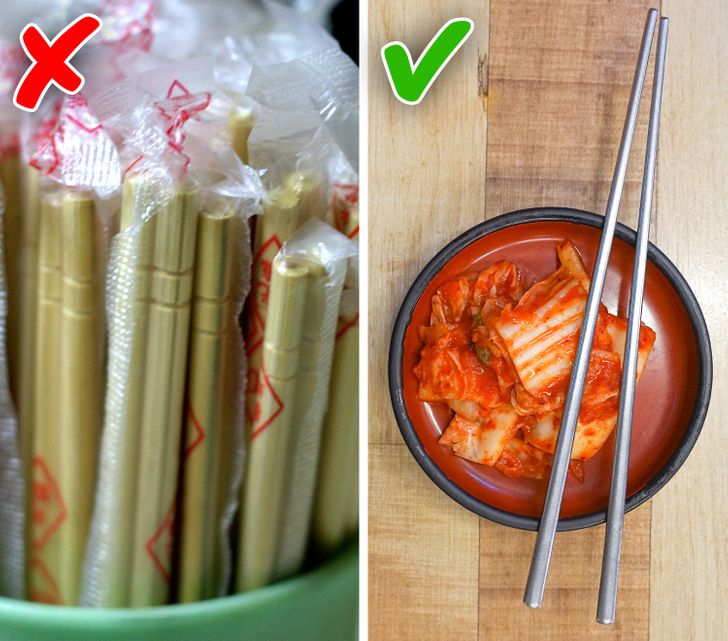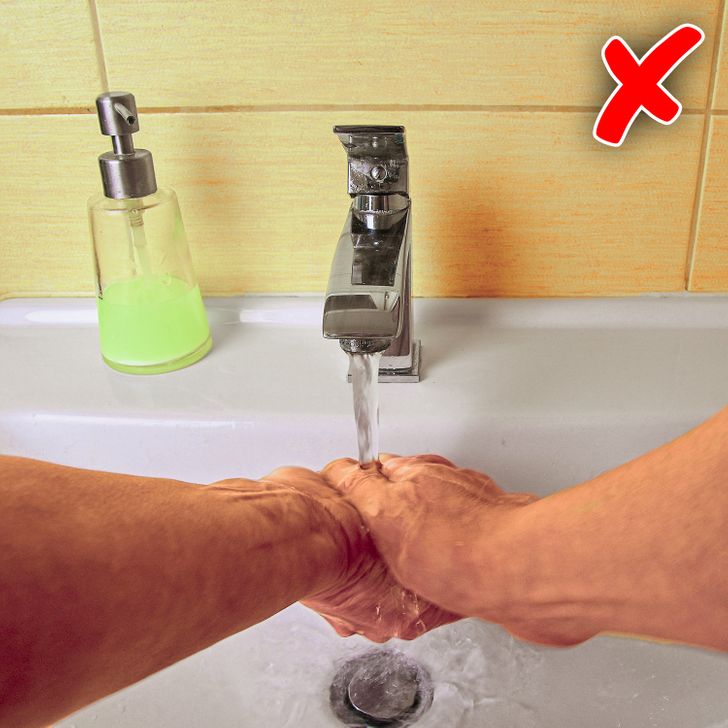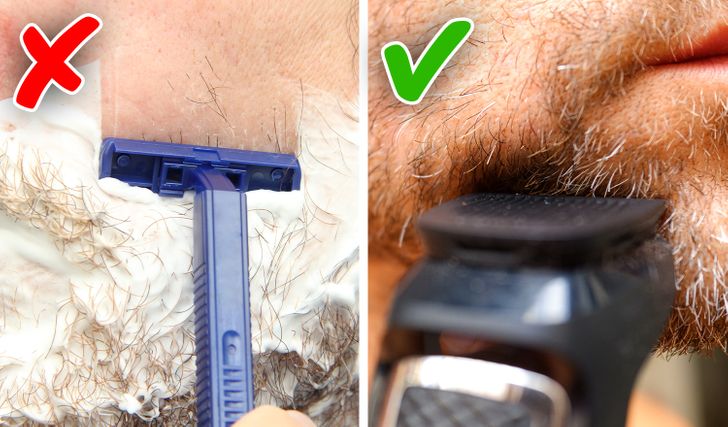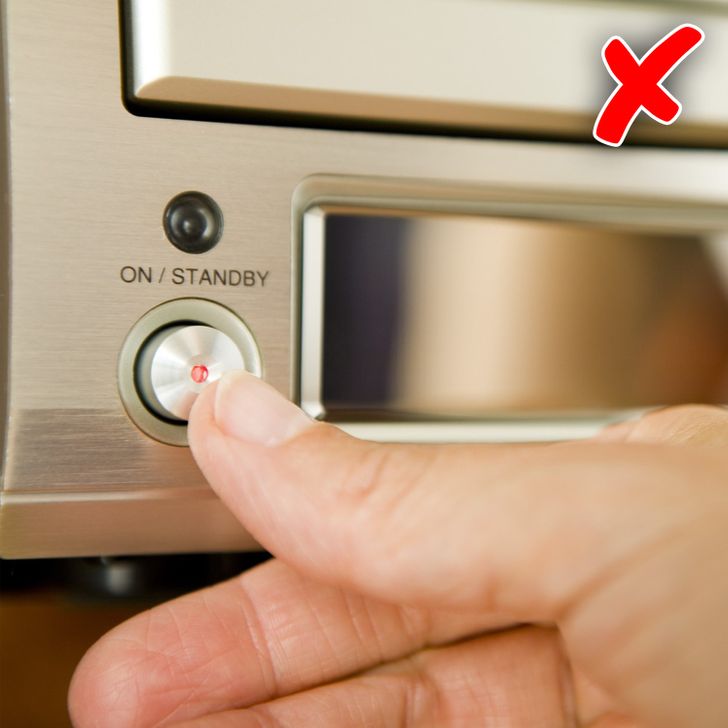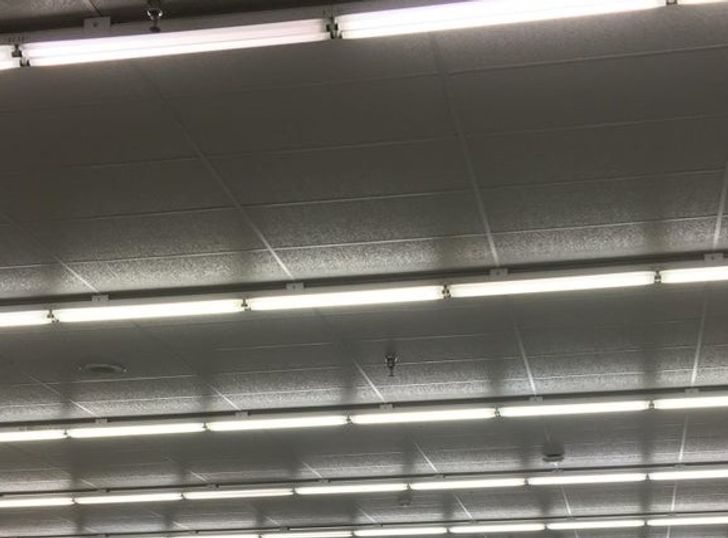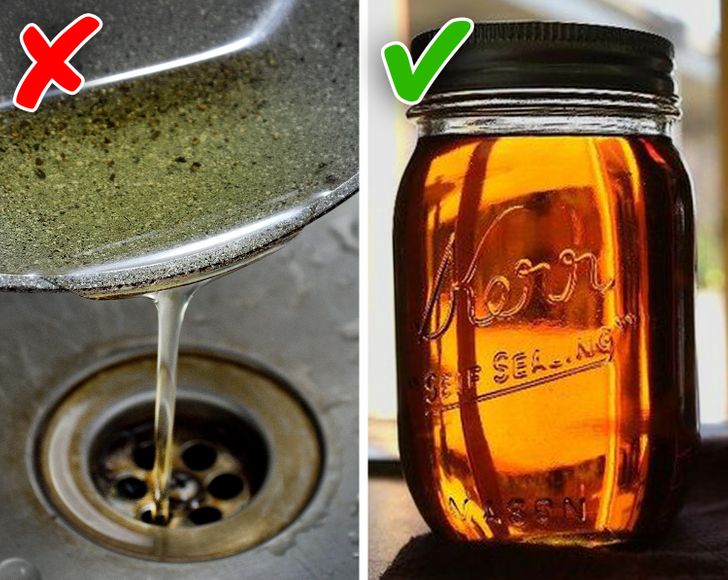What is this how can I add to it and what can I do in it tell me please
11 “Little Things” We Do That Can Damage the Environment in a Huge Way
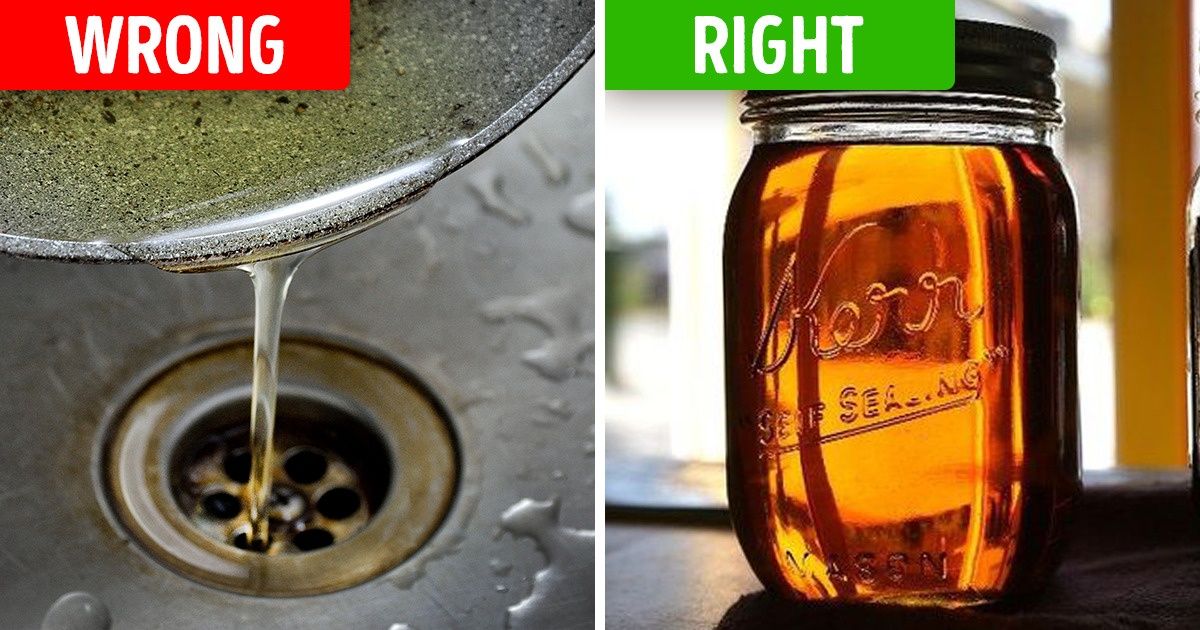
When it comes to the idea of “saving the world,” we’ve often felt the need to take big action, solving all the problems at once as if we were superheroes. But today, we know that this is impossible and what matters most are the little things we do every day — or try not to do.
Since we all want the world to be a better place, we at Bright Side want to show you 11 little things that you didn’t know were damaging the environment and suggestions of what to do instead.
1. Using toothpaste with plastic beads
Some toothpaste brands boast cleaning microparticles that can reach difficult spots that normal toothbrushes can’t. But these beads are made of polyethylene and resemble fish eggs. When they get to the ocean, they’re eaten by many sea animals, compromising their health. But it looks like these microbeads compromise human health as well: they get stuck in our gums and can be a huge trap for bacteria, causing infection.
To avoid these things, look for Polyethylene on the components list when buying toothpaste — it will be better for everyone.
2. Having several pairs of jeans
Imagine taking 104 showers. Talking in numbers, that’s 1,800 gallons of water — the exact same amount used to produce a single pair of jeans. If you’re into following fashion trends, you probably have more than one pair.
You don’t need to abolish jeans from your life but conscious shopping is a nice start. Try to invest in a good pair rather than lots of low-quality ones. There are also some brands that invest in sustainability as a manufacturing process, so look for them before you buy clothes.
3. Using coffee pods
Having a coffee machine with coffee pods is one of those contemporary facilities that seems impossible to get rid of. But we’ll have to deal with these conveniences someday. It’s proven that coffee pods are not the best thing for the environment and its use should be reconsidered as soon as possible.
Since it became very popular around the world, we’ve been facing a huge amount of coffee pods that are not being reused or decomposed. These pods are made of different kinds of materials and should not be thrown in just any garbage can.
Instead, we should search for brands that use biodegradable or reusable pods, try to recycle what you can, or use the good old method of making coffee — you know, the one with boiling water and coffee filters.
4. Eating with disposable chopsticks
When it comes to cutlery, we should follow the same rules when ordering Asian takeout as we do with western food: avoid disposable items at any cost! Disposable chopsticks are responsible for tearing down 3.8 million trees in China alone.
The solution to this is very simple: if you usually buy lots of Asian takeout, keep a set of reusable chopsticks with you. There are different kinds made of different materials — like metal, for example.
5. Using liquid soap
Liquid soaps are not the best option when it comes to maintaining a healthy environment. They consume 5 times more energy in production, have more packaging involved, and have a bigger carbon imprint than those in bar form. We also tend to use more soap when it’s liquid, which isn’t a guarantee of cleaner skin. When in doubt, choose a bar of soap.
6. Shaving with disposable razors
With lots of plastic waste, disposable razors are definitely the worst option for removing unwanted hair. Their plastic parts can’t be recycled and their production requires a lot of water. Speaking of water, the shaving act itself is not a good environmental practice as it can take up to a gallon each time you shave.
There’s also the razor, which usually isn’t produced by the same industry. So its transportation can leave a carbon footprint as well.
If you think electric razors are bad for the environment because they use electricity, their impact is actually less than the act of shaving with hot water. So if you want a better shaving alternative, go electric!
7. Leaving electronics on standby
There’s no useful purpose for leaving your electronic devices on standby since the power usage in this idle time is actually considerable. On a worldwide scale, this can mean that standby mode represents 1% of all the world’s carbon dioxide emissions. On a domestic scale, this represents up to 8% of our electrical bill. It’s just not worth it so it’s better to unplug them all.
8. Throwing away wrapping paper instead of reusing it
Unfortunately, most of that beautiful, shiny wrapping paper from the gifts we get are not recyclable. They contain some paper additives and plastic parts that cannot be transformed into anything else. So the alternative is to reuse them! And you can use your creativity for this by covering the bottoms of drawers, wrapping school notebooks, making origami — or if the paper isn’t too wrinkled — use it to wrap other gifts. If you’re the one gifting, try to use sustainable options like brown paper bags, old newspapers, fabrics, and whatever else you think is beautiful.
9. Turning off fluorescent lights
It may seem controversial but it’s actually better to leave fluorescent lights on than to turn them off several times during a day. This is because a fluorescent light’s lifetime is estimated by the number of times it’s turned on. Considering that it uses most of its energy consumption to turn on, if you’re planning to get into a room many times a day, it’s better to leave the lights on the entire time than to turn them off each time you leave.
10. Using glitter
It turns out glitter is not so glamorous for the environment since it’s made of little tiny pieces of plastic and as we know, plastic is kind of a big problem for nature.
The alternative is to use biodegradable glitter which is becoming very easy to find — you can even use the edible kind designed for confections! It looks just as shiny as the original kind.
11. Throwing oil in the sink
Whatever you do, you must not throw used cooking oil down the drain of your sink. It will infect the water and make it impossible for treatment. This also applies to throwing oil down the toilet as it can clog your home’s pipes as well.
When it comes to getting rid of cooking oil, it’s best to know how your city handles this kind of waste. Some places have a recycling oil policy that can actually make things easier for you. But the default recommendation is to put oil into recyclable containers and then discard it.
What about you? What actions have you discovered that weren’t good for the environment? Share your thoughts with us in the comments!
Comments
I'm new members here
The sad thing is, my city doesn't care about recycling or even about getting rid of cooking oil as you guys mention here..
Related Reads
My Ex Put His New Family Over Our Son, So I Served Him the Sweetest Revenge
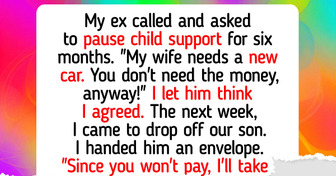
18 Stories That Prove a Cleaner’s Job Is About More Than Just Dusting

I Absolutely Refuse to Tolerate My DIL’s Laziness, My Son Deserves a Wife, Not a Freeloader

15 Fitting Room Stories That Can Make You See Shopping in a Whole New Light
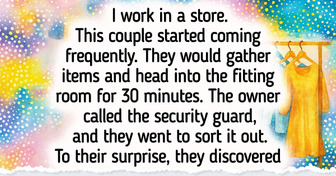
My Husband Made Me Care for His Sick Mother, So I Served a Payback He Won’t Forget

10 Parents Whose Quiet Kindness Spoke Louder Than Words
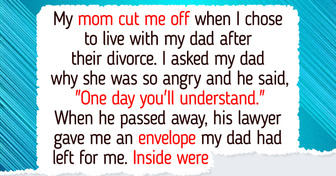
I Refuse to Let My Father’s Secret Love Child Steal My Inheritance

I Refuse to Let the Former Owner Get Married in My Backyard—My Kindness Stops Here

I Was Excluded From a “Family” Dinner—My Revenge Taught My DIL a Lesson

11 True Stories That Prove Real Life Doesn’t Need a Screenplay
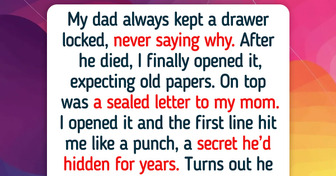
13 Times People Accidentally Uncovered Someone’s Biggest Secret

13 Times Babysitting Jobs Took an Unexpected and Emotional Twist
